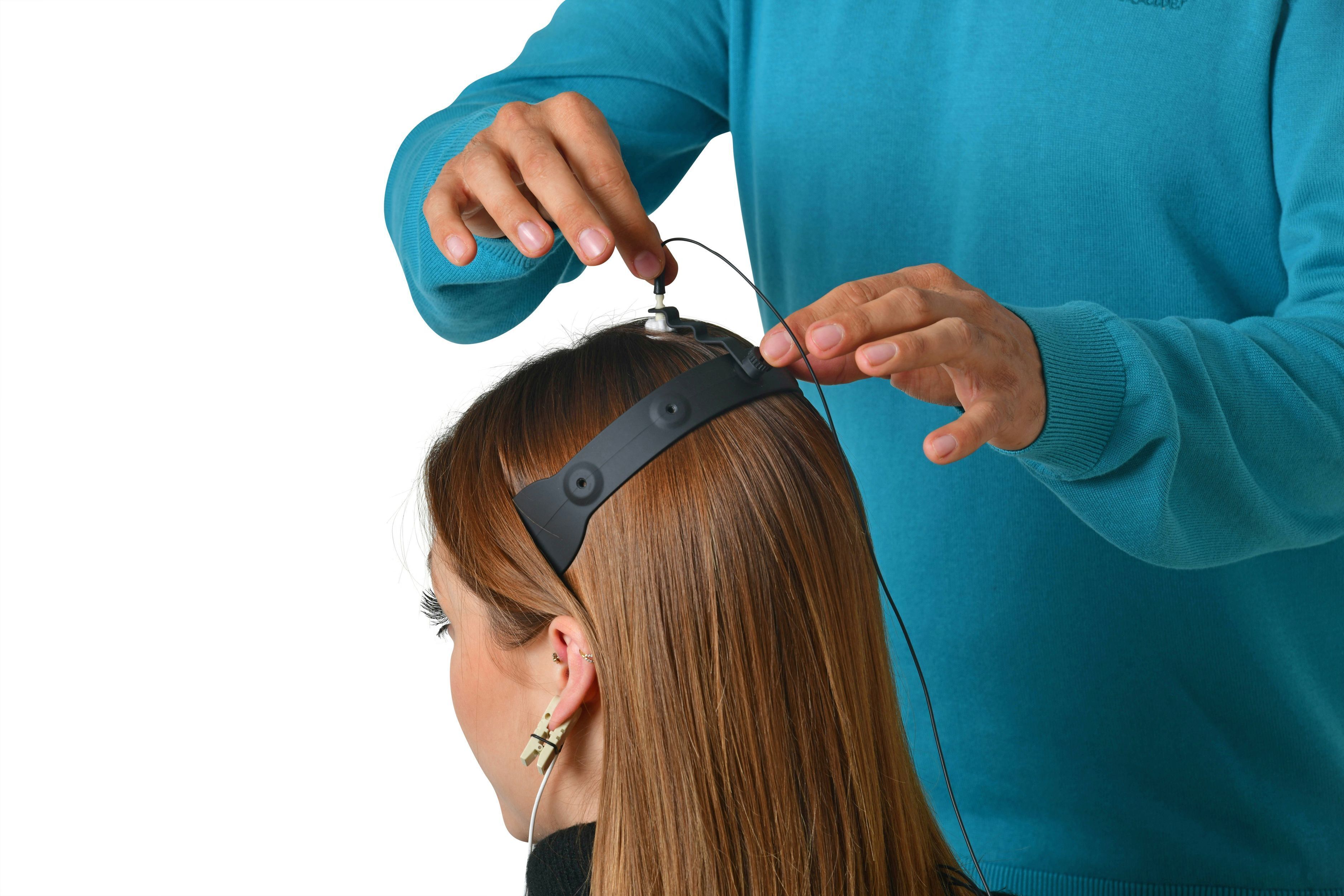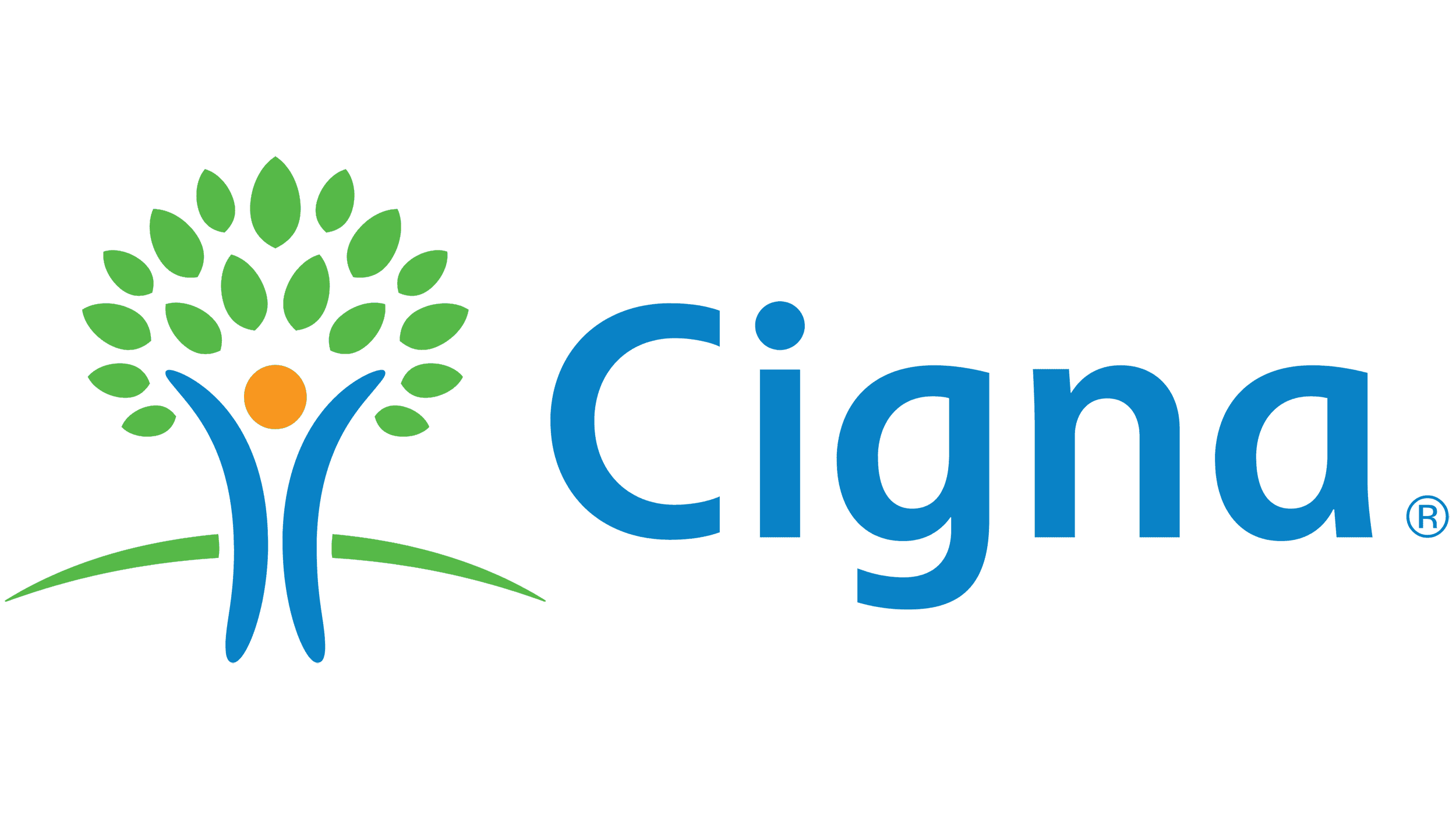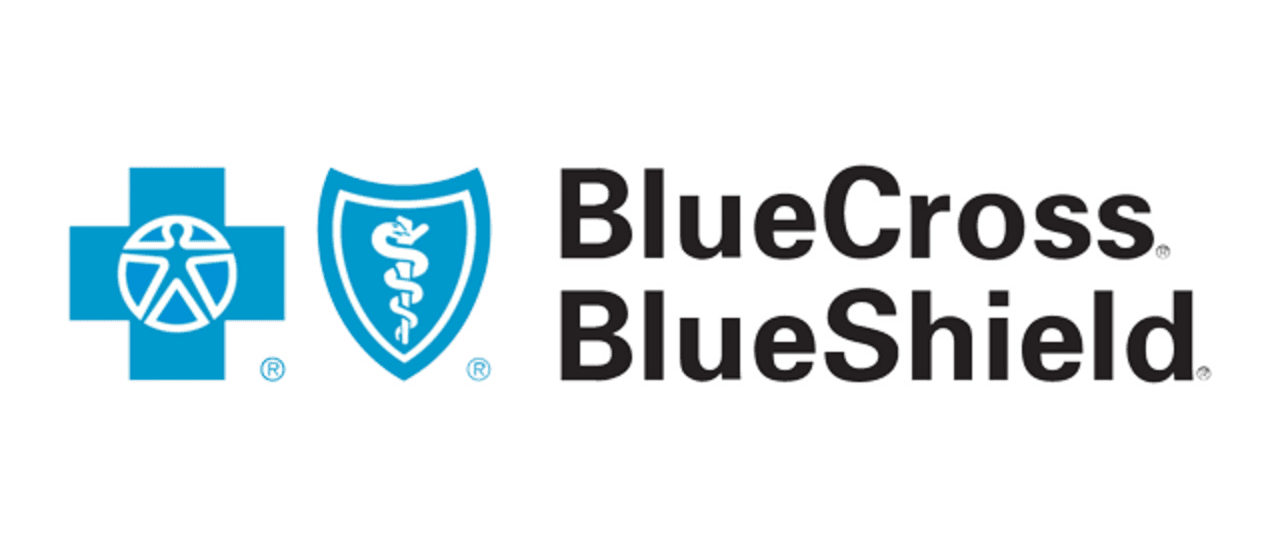CRI-Help doesn’t just facilitate substance use disorder treatment. Our organization has worked to advance treatment methods, thanks to research partnerships with esteemed institutions such as UCLA.

Findings from our clinical research studies have optimized the CRI-Help treatment plans to ensure the best possible outcome for each individual client. Our partnership with UCLA has supported clinical advancements in the treatment of addiction, and is a testament to our goal of saving and rebuilding lives, both within and beyond our CRI-Help community. We invite you to read the published work we supported and return to see the latest findings.
Study: Effects of an EEG Biofeedback Protocol on a Mixed Substance Abusing Population
This study explored whether an EEG biofeedback protocol could help people in a mixed substance abuse inpatient program. It involved 121 volunteers who were split into two groups: one receiving EEG biofeedback and the other receiving additional conventional treatment. Participants in the EEG group had 40-50 sessions focused on improving attention and reducing stress. Results showed that those in the EEG group stayed in treatment longer (138 days on average vs. 101 days for controls, p<0.005) and had higher abstinence rates one year after treatment (77% vs. 44%, p<0.01). Significant improvements were also observed in attention and several psychological measures. This suggests EEG biofeedback can enhance treatment outcomes in substance abuse recovery. Read the full study here.
Study: Exercise Training and Striatal D2/D3 Receptor Availability in Methamphetamine Use Disorder
The study looked at attentional bias modification (ABM) in 42 people addicted to methamphetamine undergoing residential treatment. They were split into two groups, each with 21 participants: one received ABM training to divert attention away from drug-related stimuli 100% of the time, and the other had a control condition where attention was diverted only 50% of the time. Results showed that attentional bias toward methamphetamine-related stimuli increased post-training across both groups (p=0.037). Cravings decreased over time (ps<0.01) regardless of the training type. ABM didn’t significantly affect craving reduction or the choice of drug-related images (p>0.05). Brain scans revealed that cue-induced activation in the ventromedial prefrontal cortex decreased over time, but this wasn’t influenced by the ABM training (nihms-1011590). Read the full study here.
The study looked at whether attentional bias modification (ABM) training could help people in residential treatment for methamphetamine addiction. Forty-two participants were split into two groups: one did ABM training, which aimed to completely redirect their attention away from methamphetamine-related cues, while the other group had a control condition that only did so half the time.
The main findings showed that attentional bias towards methamphetamine cues actually increased after the training in both groups (p=0.037). Self-reported cravings, whether spontaneous or triggered by cues, went down over time for everyone (ps<0.01), but the ABM training didn’t make a difference in these reductions (group by time interactions, ps>0.05). Also, the ABM training didn’t change how often participants picked methamphetamine-related images in a Simulated Drug Choice task (p>0.05). For a smaller group that underwent fMRI scans, there was a decrease in brain activity linked to methamphetamine cues in the ventromedial prefrontal cortex over time, but again, ABM training didn’t affect this.
In short, ABM training didn’t really help with key measures for methamphetamine users in treatment, suggesting we need better ways to measure and modify attentional bias. Read the full study here.
Our work has a lasting impact on the community.
-
Years of legacy
53
-
# of clients treated since 1971
55,000
-
# of beds
300+
-
Staff members, interns, and volunteers
187
-
Percentage of clients who reported staying clean during initial post-treatment follow-up
87
-
Percentage of clients who leave CRI-Help satisfied
90
We are in-network with most major insurance providers
-

-

-

-

-

-
 Blue Cross
Blue Cross -
 MHN
MHN -
 Magellan
Magellan
